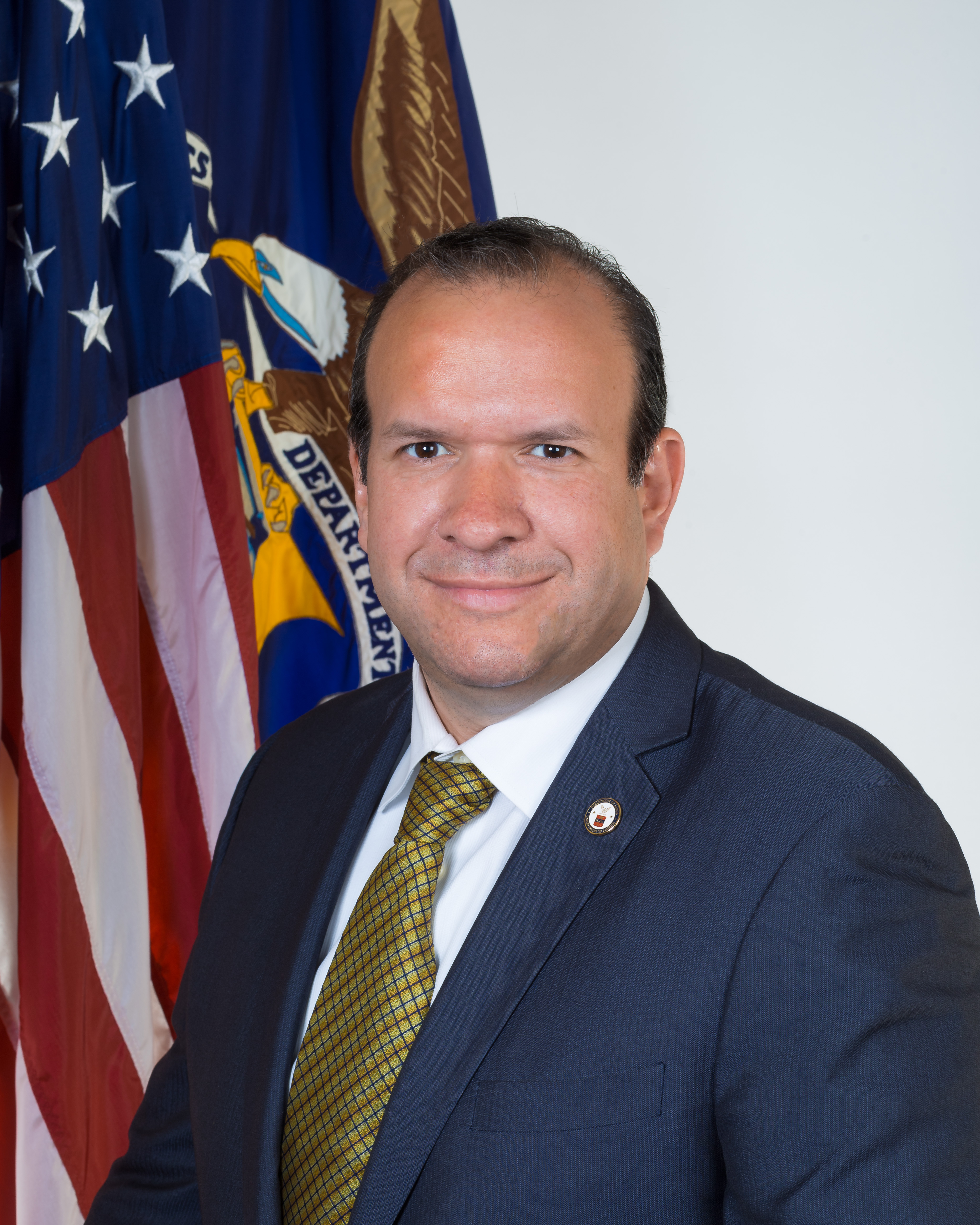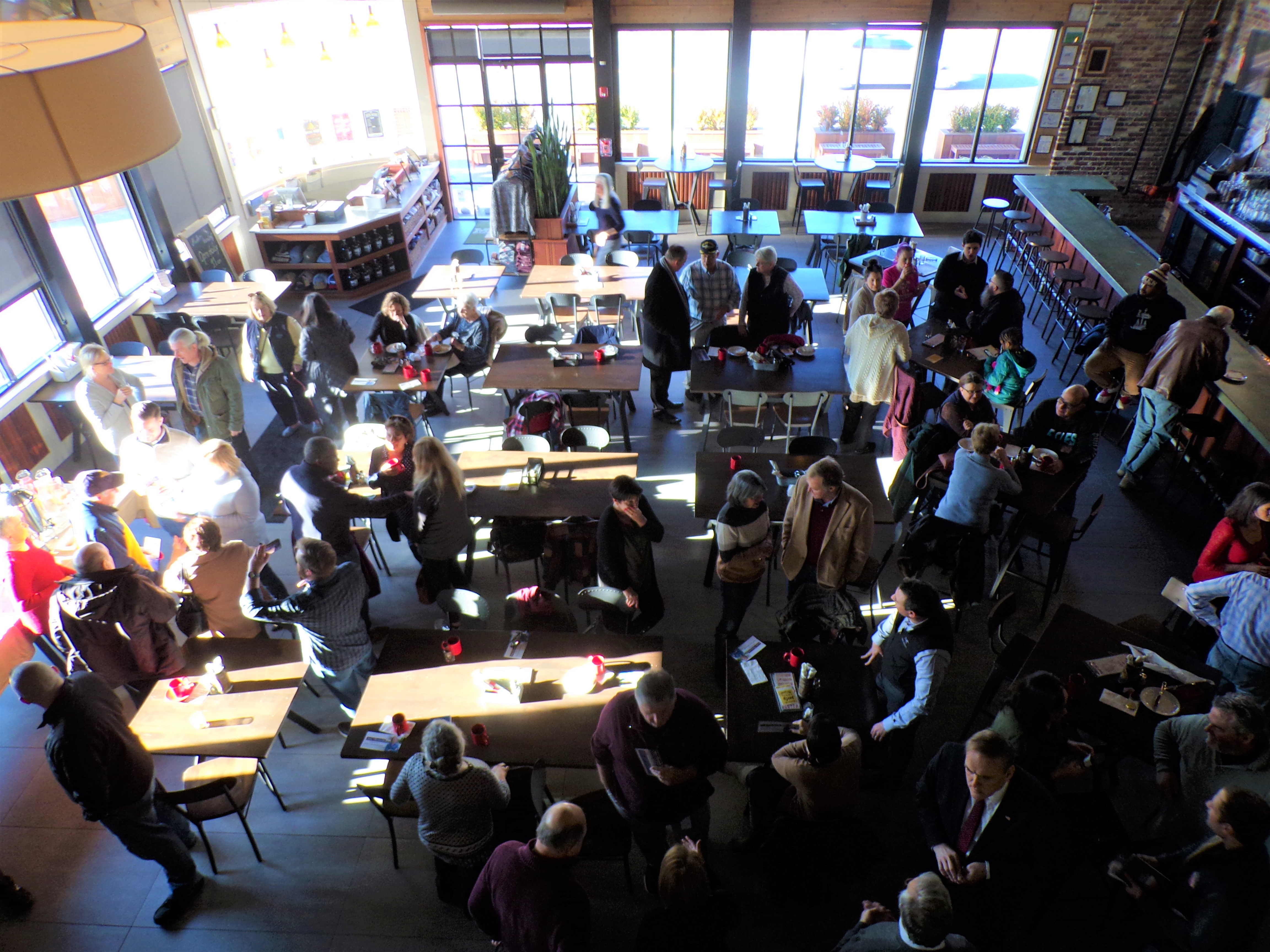Fair Lawn is a borough in Bergen County, New Jersey, United States, and a suburb located 10 miles (16 km) from New York City. As of the 2010 United States Census, the borough’s population was 32,457, reflecting an increase of 820 (+2.6%) from the 31,637 counted in the 2000 Census, which had in turn increased by 1,089 (+3.6%) from the 30,548 counted in the 1990 Census.
Fair Lawn was incorporated as a borough by an act of the New Jersey Legislature on March 6, 1924, as “Fairlawn,” from portions of Saddle River Township. The name was taken from Fairlawn, David Acker’s estate home, that was built in 1865 and later became the Fair Lawn Municipal Building. In 1933, the official spelling of the borough’s name was split into its present two-word form as “Fair Lawn” Borough.
Radburn, one of the first planned communities in the United States, is an unincorporated community located within Fair Lawn and was founded in 1929 as “a town for the motor age.” Fair Lawn is home to a large number of commuters to New York City, to which it is connected by train from two railroad stations on NJ Transit’s Bergen County Line, the Radburn and Broadway stations.
Fair Lawn’s motto, coined by Jake Janso, is “A great place to visit and a better place to live.” Fair Lawn has been rated as one of the top 10 best places to live in New Jersey. According to Nerdwallet, Fair Lawn witnessed a 5.3% increase in its working-age population between 2009 and 2011.
Fair Lawn is an incorporated collection of diverse neighborhoods, each with its own distinct character and vibe. Unincorporated communities, localities and place names located partially or completely within the borough include:
- Berdan Grove, an affluent residential neighborhood of single-family homes behind Thomas Jefferson Middle School, surrounding Berdan Grove Park on Berdan Avenue. This neighborhood is home to the borough’s highest concentration of Asian Americans and includes Milnes Elementary School.
- Broadway District contains the major commercial thoroughfare of Broadway and houses the Broadway District commuter stop for NJ Transit’s Bergen County Line train. Roughly located around the Warren Point and Lyncrest areas, the district also extends as far as Morlot Avenue along the tracks, roughly around or a little after Glen Rock Lumber, housing many industries on Banta Place. The Broadway District is mainly a shopping district as it contains many stores, eateries, hobby centers, salons, and other businesses. Not only is it the largest stretch of stores within Fair Lawn, it also houses one of the highest densities of nail and beauty salons in the United States. The Broadway District stretches from the Route 4 split with Route 208 and continues all through Fair Lawn and includes a few blocks of Elmwood Park. Broadway also hosts the route of local Paterson-New York Spanish Company minibuses, known locally as guaguas, as a cheaper alternative for commuters to and from New York. It is one of only a handful of Bergen-Passaic-Hudson districts that even offers this service.
- Central Fair Lawn is bounded by Morlot and Fair Lawn Avenues on the south and north, respectively, by River Road on the west, and Route 208 on the east and northeast. The borough’s Municipal Complex, which houses its administrative, legal, financial, and police divisions, is located in this neighborhood, as are the Fair Lawn Public Library, Fair Lawn High School, and John A. Forrest Elementary School.
- Dunkerhook, the Dark Corner (Donckerhoek in old Dutch), is on both sides of a former bridge over the Saddle River, in Fair Lawn and Paramus, near Fair Lawn Avenue. The Vanderbeck and Naugle houses there are both from the 18th century.
- The Heights, more precisely known as “Columbia Heights”, is located near Hawthorne’s industrial section along the Passaic River on Wagaraw Road and Hawthorne’s residential area at Lincoln Avenue as well as bordering Bunker Hill in Paterson. This well-maintained neighborhood houses some local industry outside of the McBride Industrial District that borders Glen Rock and is known by some of its residents as the “Bunker Hill Extension” or the “Walsh Area”.
- Hendersonville, also referred to as “Riverside East”. This diverse neighborhood, located between Columbia Heights and the Municipal Complex within the “Westmoreland District”, as well as sharing Route 208 with the neighboring borough of Glen Rock, is a mostly residential community of two-family Cape Cod-style houses located down the stretch of Henderson Boulevard curving around to 11th Street. Distinct to this neighborhood in comparison with other two-family districts and sections is that each Cape Cod has two doors in the front so each residing family has its own entrance into its respective quarters, a blueprint that was abandoned shortly after being built in favor of a “one door, two entrances” model. Westmoreland Elementary School is located in this neighborhood.
- Lyncrest neighborhood, located south of Morlot Avenue, in alignment with Paterson’s 33rd Street split into that city’s Upper Eastside and Eastside neighborhoods, is an extension of the Eastside and notable for its older, stone houses in the footsteps of homes once owned by Paterson’s former silk barons. This community is also diverse, with immigrants from Europe, Asia, the Middle East, as well as various parts of the Americas. It is home to many Orthodox Jewish, Indian American, and Russian American families, among other ethnic and religious groups. Lyncrest streets “1st-6th” are also known by the name of “Rivercrest” by locals, due to the split level and Cape Cod-style architecture of housing located in the “River Dip” adjacent to Memorial Park. Lyncrest Elementary School is located in this neighborhood.
- McBride Industrial District is the area incorporating the McBride Industrial Park located between Fair Lawn Borough’s border with Glen Rock and the Chandler Houses and Fair Lawn Commons communities. It currently houses the former Nabisco cookie factory, which has played a major role in not only Fair Lawn’s identity itself, but also Glen Rock, Ridgewood, Paterson, Prospect Park, Haledon, Hawthorne, and Western Paramus near the Dunkerhook and Saddle River Areas, causing those venturing throughout these areas to coin the nickname “Cookie-City” as a general area term, describing the fragrance of freshly baked cookies that filled these areas on baking days. In the past, the McBride Industrial District took up both sides of Route 208, stretching from Fair Lawn Avenue to the intersection at Maple Avenue and Harristown Road, running up to the Bergen County Line train tracks via the Radburn District, and housing companies such as Nabisco, Kodak, Maxell, and others. More recently the district has been in the process of deindustrialization and corporate gentrification, as older companies fold or move out, replacing industrial properties with residential-commercial “mini-cities”, as well as the headquarters of New Jersey’s Columbia Savings Bank.
- Memorial Park, a working-class neighborhood (sometimes called the “River Dip”, “East River Area”,”Eastside Dip”, or the more modern “Yang”; the aerial view of the neighborhood makes a “Ying Yang” symbol with neighboring East Side Park) within and around the River Road Improvement District with street addresses aligned with the corner of 33rd Street and Martin Luther King Way (Broadway) in neighboring Paterson. The Memorial Park neighborhood borders the Passaic River and contains the park next to Memorial Middle School named Memorial Park which houses a World War II Memorial commemorating those who fought in the war. The park is the terminus of the annual Memorial Day parade and the site of the Memorial pool and beach as well as the Independence Day fireworks show. Residential gentrification is occurring with the leveling of two-family rental housing for more modern single-family housing in this area.
- Radburn is a planned community also housing the landmark Radburn Plaza building, which was destroyed in a fire in 2002 and subsequently rebuilt. With its safe and easy access to local businesses and schools, and Fair Lawn’s largest U.S. Postal Service branch, this neighborhood also offers commuter trains from Radburn station to the Secaucus Junction rail transfer station as well as to the PATH train in Hoboken, both of which provide rail connections to New York City. This neighborhood includes Radburn Elementary School and Daly Field. An annual street fair is held here in June.
- Radrock Estates is a small neighborhood around two streets, Well Drive and Split Rock Road, with a private park within the block they enclose, reminiscent of nearby Radburn but a separate development built about 1940. The entrance street from Fair Lawn Avenue has an entrance pillar on each side displaying the name. The surrounding area to the north and east, while built after World War II, is considered to be an extended part of Radrock Estates. Although it is a very diverse residential section, this neighborhood shares the conveniences of living in Radburn including dining, retail access, as well as rail access from Radburn Station.
- The River Road Improvement District, with an annual street fair in autumn, houses many functional businesses, including numerous banks, ethnic restaurants and supermarkets, small offices, retail telecommunications outlets, both a United Parcel Service store and a U.S. Post Office branch, and the landmark Joker’s Child comic book store. River Road in this district is also zoned for apartments located above businesses.
- Warren Point, a residential area located near the Broadway Improvement District. Bordering Saddle Brook and Elmwood Park, it has many stores, big and small, and many eateries. The neighborhood also offers commuter trains from Broadway station to Hoboken’s PATH and to Secaucus Junction via the Bergen County Line, as well as the “Paterson-New York Shuttle”. Warren Point Elementary School and the private St. Anne School are located in this neighborhood.
- The neighborhood stretching along both sides of Saddle River Road in Fair Lawn is not officially named but has its own character as another affluent enclave. This neighborhood includes a portion of the Saddle River, Saddle River County Park, and Fair Lawn’s eastern border with Paramus. The whole area is referred to by many as the “Saddle River District”. Due to obvious differences throughout this side, there are sections that are identified by locals including the “Dunkerhook section” (named after the section of the County Park located in the vicinity) starting at around the shared border with Glen Rock and Paramus down to Morlot Avenue. In the spring, summer, and autumn, fishermen frequent this section, as the Saddle River within Dunkerhook is stocked with trout. The neighborhood south of Morlot Avenue is referred to as the “Saddle River section”, which borders Saddle Brook in addition to Paramus, and which shares access to the Saddle River as well as bike trails for leisure or access to the Westfield Garden State Plaza mall in Paramus.
There also exist more intricate micro-neighborhoods within macro-neighborhoods throughout the borough, such as “Fair Lawn Commons” (The Commons) off Route 208, located within the Radburn Historical District, yet which has a separate, more affluent feel and modern look and subculture; Radburn’s El Dorado Village, which is known for its Eastern European immigrant residents; and just to its west, the “Chandler Houses”. Fair Lawn’s newest neighborhood is Fair Lawn Promenade (The Promenade), a mixed-use development extending northward from The Commons along Highway 208 North, consisting of apartments, shops, offices, and restaurants, with the motto to be able to “live, shop, work, and play” in one locale.
These distinct communities are located throughout the borough, and each has its own flair, making Fair Lawn not just ethnically, racially, and religiously diverse, but also an experientially diverse borough notable even amidst Bergen County’s diversity on a larger scale.
Source: Wikipedia
















